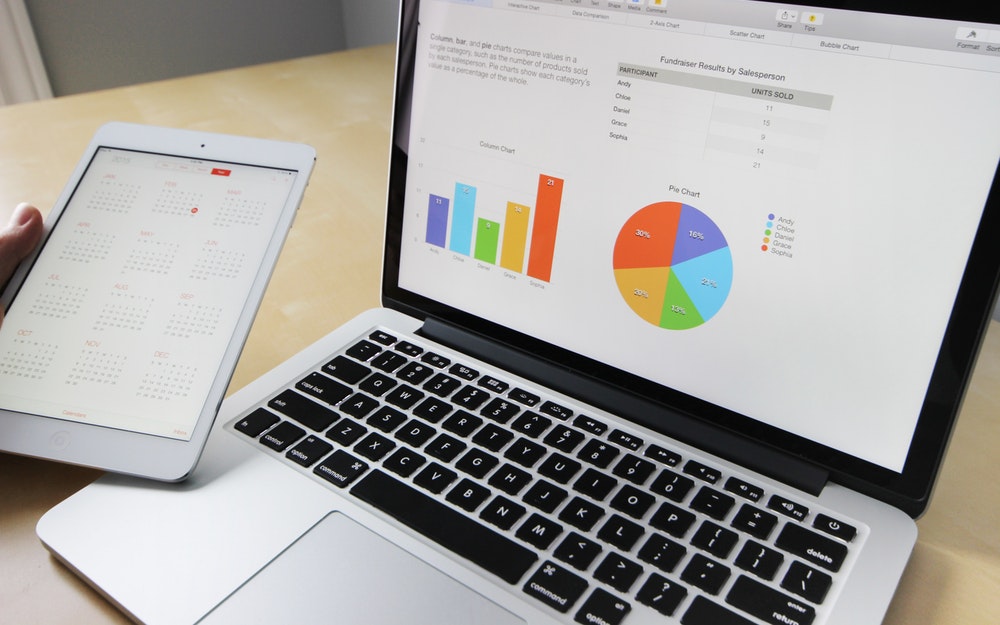Email Marketing: Why You Need An Unsubscribe Strategy

Email Marketing over the years has been a great way to build relationships with your customers and keep them up-to-date on your latest products or services. But, before you can start email marketing, you need to create an effective email strategy and gather the necessary tools. In this blog post, we’ll walk you through the basics of email marketing and provide tips for getting started. To make your campaign more powerful, we’ll talk about why you need to have a solid unsubscribe strategy. We’ll also introduce you to some helpful resources that will make it easy to get started. So, if you’re ready to start building better relationships with your customers through email marketing, keep reading!
Getting Started With Email Marketing
If you’re a business that is new to email marketing, it might seem like a daunting task. You cannot deny that it is an incredibly cost-effective way to build up brand awareness and loyalty, which is why businesses are turning to email marketing more and more. Once you know how to start an email marketing campaign, it’s easy to get started on your own!
Whether you’re a small business or an enterprise, the basics of email marketing remain the same.
Choose a subject line that will catch the attention and pique the curiosity of your customers. Plan out when each email will go out and then schedule it on your calendar so you can stay focused on what matters most (your customers). Include a link at the end of every email that allows them to take action on something they were interested in (such as signing up for our newsletter).
Use emails as an opportunity to offer valuable content that adds value to their lives or helps them make better decisions in their day-to-day life.
How to Automate Your Email Marketing
No doubt, email marketing can be a lot of work. You probably wake up to an inbox full of messages every day, and you may even spend a significant amount of time sorting through and responding to them. But what if there was a way to cut down on the time you spend dealing with email? Enter email automation. Email automation is a tool that can save you time by handling repetitive tasks, such as sending out welcome messages or follow-ups. It can also help you to stay organized by automatically filing messages into folders or tagging them with labels and can also help you track how well your campaigns are doing. And best of all, it’s not that difficult to set up. Here’s how to get started:
1. Choose the right tool.
There are a number of different software programs that offer email automation, so it’s important to choose one that will fit your needs. Some programs are more complex than others, so be sure to pick one that you’ll be able to use without getting overwhelmed. Some popular tools include MailChimp, Constant Contact, and AWeber. There’s a list of the best email marketing tools at the end of this post.
2. Set up your automation rules.
Once you’ve chosen a platform, you’ll need to decide what tasks you want to automate. For example, you might want to set up an automated message that goes out to new subscribers, or an automatic reply when someone sends you a message. Most platforms make it easy to create these rules, so take some time to explore the options and see what would work best for you.
3. Create templates.
One of the best ways to automate your email marketing is to create templates for your newsletters and other messages. This will save you time when creating new messages, and it will also help ensure that your messages look consistent across all devices.
4. Set up automated triggers.
Automated triggers can help you send out emails based on customer behavior, such as when someone makes a purchase or signs up for a mailing list. This can help you ensure that customers receive the most relevant information possible.
5. Test and tweak as needed.
Once you’ve got your automation set up, it’s important to test it out to make sure everything is working as it should. Send yourself some test emails and see how they look or have a friend or colleague do the same. Then, make adjustments as needed until everything is just the way you want it. After that, sit back and enjoy the free time you’ve gained by automating your email marketing!
Best Email Marketing Strategies
Email marketing can be a challenge. You want to make sure you have a good strategy so that your messages stand out in recipients’ inboxes and you stay top of mind. But with so many options and potential strategies out there, it can be difficult to know where to start.
One of the best ways to approach email marketing is to think about what you want your recipients to do after reading your email. Do you want them to buy something? Subscribe to your blog? Visit your website? Once you have a goal in mind, you can start to build a strategy around it. There are a number of different actions that you can take to improve your results, including:
- Segmenting your list: When you send the same email to everyone on your list, you’re not likely to see the best results. However, if you segment your list into different groups based on interests or demographics, you can create customized messages that are more likely to resonate with each group.
- Personalizing your messages: Everyone loves getting personal messages, and customers are no exception. By personalizing your messages with their name, you can make them feel special and more likely to act on your message.
- Using images and videos: Images and videos can help to capture attention and convey information quickly and effectively. By using them in your email marketing messages, you can grab attention and ensure that your message is seen.
- Offering incentives: Incentives are a great way to encourage customers to take action. By offering incentives such as discounts or free shipping, you can encourage customers to buy from you.

No matter what your goals are, the important thing is to have a plan for how you’ll achieve them through email marketing. By taking the time to craft a strategy, you’ll be able to create emails that are more likely to get results and help you reach your goals.
What is an email unsubscribe strategy and why do you need one
Email unsubscribe is when a person takes the action a user takes to opt out of getting any more emails. This could be for many reasons such as they are no longer interested in the content, they find the emails to be annoying, or they never signed up for the email list in the first place. This is your opportunity to show them that you respect their decision and that you’re committed to providing them with the best possible experience. There are a few different ways that someone can unsubscribe from an email list, but the most common is to click on an unsubscribe link that is included in every email.
As a business, it’s important to have an email unsubscribe option because it allows people to easily stop receiving emails that they don’t want. This can help to avoid spam complaints and can keep people from marking your emails as spam. It also shows that you respect your customers’ wishes and give them control over the emails they receive from you.
How to create an unsubscribe strategy for your business
As a business owner, you’re always looking for ways to grow your customer base and increase sales. But have you ever stopped to think about how you’ll deal with the influx of customers who will inevitably want to unsubscribe from your emails? It’s not enough to simply hit the delete button – you need to have a strategy in place. These strategies can be tricky to create, but there are a few key things to keep in mind. First, make sure you have an unsubscribe link prominently placed in all of your emails. This should be easy to find and use, preferably as part of your main menu or navigation bar.

Second, make sure you process unsubscriptions quickly and efficiently. Don’t keep customers waiting long for their requests to be actioned. And finally, always offer an opt-out option in your emails. This is required by law in some countries, but it’s also a good way to show your customers that you respect their wishes and want to make it easy for them to unsubscribe if they choose to do so.
Remember to not take it personally when someone is opting out of your email list. They’re not rejecting you, they just don’t need what you’re selling right now. Over time, you can also sit and analyze things that you can improve on if your email unsubscribing rate is increasing.
Top 7 Email Marketing Tools Every Marketer Should Know
Lastly, we want to share some email marketing tools that you should know about because if you’re not using the right tools, your email marketing campaigns can be less than successful.
- MailChimp: MailChimp is one of the most popular email marketing tools available and for good reason. It’s easy to use, has a wide range of features, and allows you to send beautiful email newsletters.
- SendGrid: SendGrid is a great tool for sending large volumes of emails, and it offers a variety of features such as spam filtering and email tracking.
- AWeber: AWeber is another popular email marketing tool that offers a wide range of features, including autoresponders and segmentation.
- Constant Contact: Constant Contact is a great option for small businesses who need a simple, easy-to-use email marketing tool. It offers a wide range of templates and allows you to create sign-up forms for your website.
- Emma: Emma is a very powerful email marketing tool that offers many features, including lead scoring and dynamic content. It’s perfect for larger businesses who want to maximize their email marketing efforts.
- CampaignMonitor: Campaign Monitor is a straightforward email marketing tool that enables you to send beautiful and personalized emails. Features like drag-and-drop builder, and engagement-based segmentation helps to deliver targeted content to large lists of subscribers without any technical expertise.
- ActiveCampaign: ActiveCampaign is a Customer Experience Automation platform that helps businesses connect and engage with customers. It creates optimized customer experiences by automating many behind-the-scenes marketing, sales, and support processes.
Conclusion
Email marketing can be a great way to keep in touch with your customers and increase sales, but it’s important to have a plan for unsubscribes. If people are no longer interested in what you have to say, they may unsubscribe from your list. This can leave you without valuable email addresses and hurt your campaign efforts. Our team can help you develop a strategy for managing unsubscribes so that you can continue reaching out to potential and current customers through email marketing. Have you started an email marketing campaign yet? What tips do you have for getting started?




